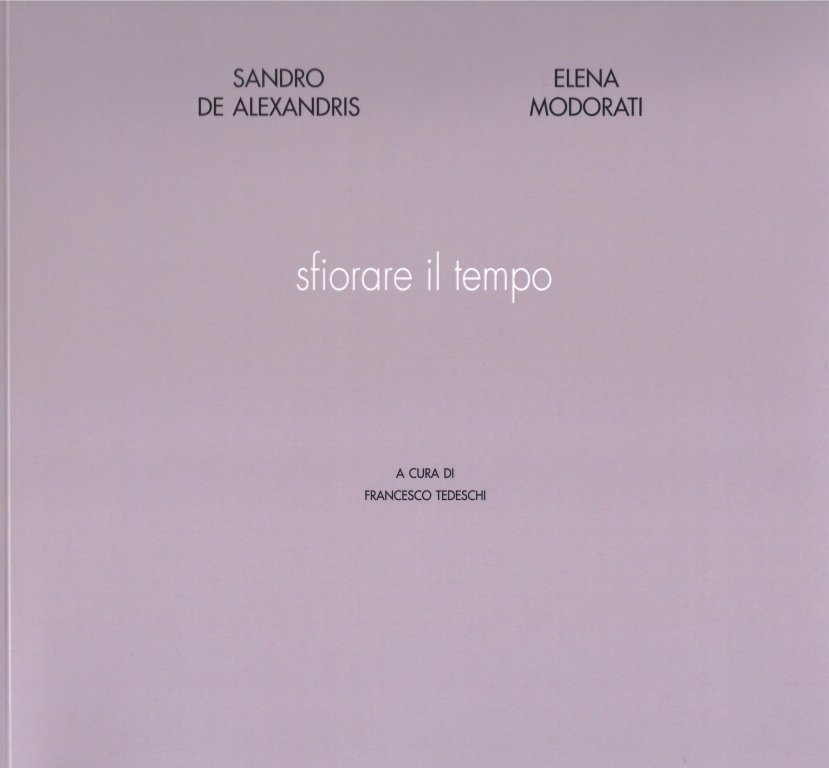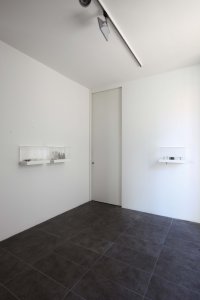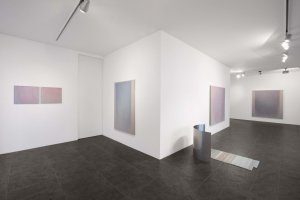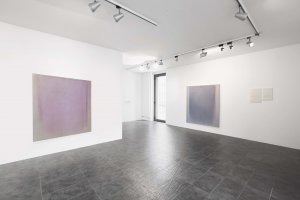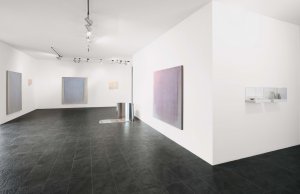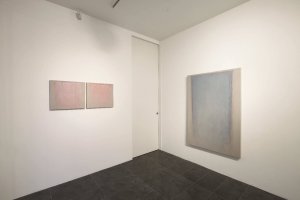Sfiorare il tempo Thu 19 March 2015 - Sat 09 May 2015
On March 19th the exhibition that makes Elena Modorati and Sandro De Alexandris works meet will be inaugurated on the walls and in the spaces of progettoarte-elm Gallery. The two artists, belonging to different generations and coming from different experiences, show in their works reasons of correspondence and possible relationship. Their respective poetics actually aim at enhancing their inner, reflective and meditative side of a practice that is defined in the space and time of individuality. The inner self that comes out of their creations – or hides behind them – is not separated from the outside world, but it connects through discrete and quiet ways with a human condition lived either in the dimension of the exile or in a concealed “filigree” presence.
At the exhibition, some paintings by Sandro De Alexandris will be shown, to represent his recent artistic season, as well as some wall and object works developed by Elena Modorati, in which she highlights her passion for the nature of things.
According to Sandro De Alexandris, painting is an exercise to encounter the invisible, as highlighted by his paintings based on few melting tones, that amplify and multiply on the surface the light inner movement of a colour that vibrates in its apparent stillness.
Elena Modorati evokes voices and words of faraway languages and presences, but also the consistency and persistency of things that make us think about findings to recover some lost memories, whereas they are worth first of all as formal presences.
In a different way in both their works, the space-time dimension expands, absorbing and concentrating a sort of absolute in the moment of apparition. Referring to such poetics issues and to the their works qualification, the critical reading provided by Francesco Tedeschi in the catalogue that accompanies the exhibition focuses on such space-time features and in particular on the way of approaching, with lightness and gentle physicality, the substance of a temporality, the typical factor associated with a focus on scroll and persistence of thought, of sensations and shapes that associate the matter with the light, vacuum with colour, the indistinct with disclosure.
Therefore the exhibition comes as a place where De Alexandris and Modorati’s work coexist in the name of a dialogue between time and duration, as well as for the effort to generate a common climate.
